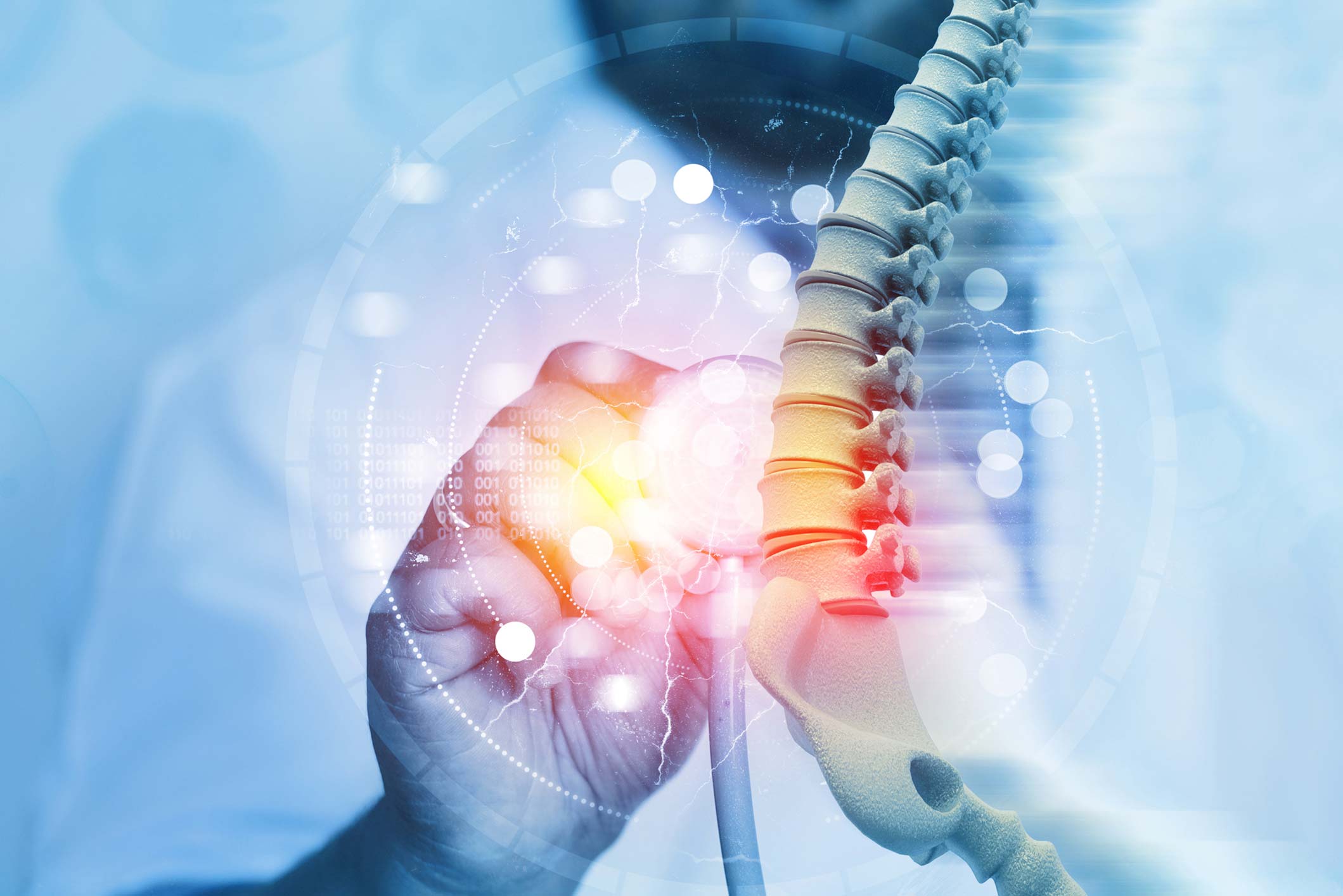
The Covid-19 pandemic had a detrimental impact on physical activity, muscle strength, and bone health, leading to increased falls and fracture risks in at-risk populations, the IOS 2022 Annual Medical Conference heard.
Prof Bernard Walsh, Consultant Physician and Geriatrician, Bone Health Unit, St James’s Hospital, Dublin, and Trinity College Dublin, gave a detailed presentation on the subject.
He quoted numerous national and international studies showing the negative impact prolonged pandemic-related lockdowns had not only in physical activity rates among the elderly, but across the population, from young to old.
Public Health England data showed that older people experienced a considerable reduction in strength and balance activity between March and May 2020, with the greatest change in the 70-to-74 years age group. Older people in the most deprived groups were more likely to be inactive than the least deprived, and these socio-economic inequalities have persisted. Modelling data has projected a significant increased risk of falls due to this decline in physical activity and consequent decline in muscle and bone strength. “To rest is to rust, and if you don’t use it, you lose it,” Prof Walsh noted, calling for increased awareness and specific measures to address the situation.
Also speaking during this session was Dr Kevin McCarroll, Consultant Physician and Geriatrician, Bone Health Unit, St James’s Hospital.
Dr McCarroll gave an overview of hyperparathyroidism, which raises calcium levels in the bloodstream, and therefore can lead to decreased bone strength and increased osteoporosis risk. Hyperparathyroidism mainly occurs in patients over 60, and is more common in women, with other risk factors including genetic risk (10 per cent of cases), lithium use, and radiotherapy treatment to the neck in childhood. There is a strong association between vitamin D deficiency and hyperparathyroidism.
IOS 2022 Research Award Winners
Young Investigator Award
Dr Donal Fitzpatrick, St James’s Hospital, Dublin.
(The effect of BMI on the risk of hip osteoporosis: Findings from the TUDA cohort)
Most Interesting Clinical Case Award
Dr Donal Fitzpatrick.
(Acute severe kidney injury after the first dose of zoledronic acid)
Best Poster Award
Dr Mina Aleman, St James’s Hospital, Dublin.
(Dual therapy with denosumab and teriparatide – experience from a bone health clinic)
Best Overall Scientific Abstract Award
Dr Donal Fitzpatrick.
(Seasonal variation in hyperparathyroidism in older patients)





Leave a Reply
You must be logged in to post a comment.